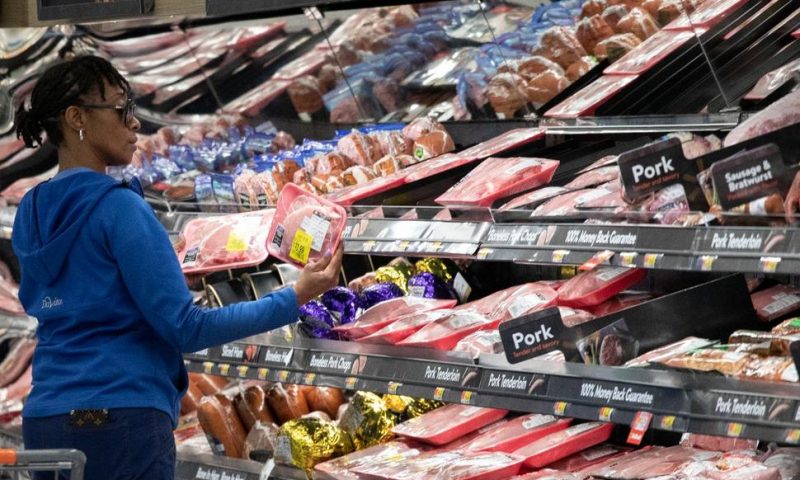US consumer prices rose 0.3% in April, lifted by higher gas and housing costs.
WASHINGTON — U.S. consumer prices increased 0.3% in April, led by more expensive gasoline, apartment rents and appliances.
The Labor Department said Friday that the consumer price index climbed 2% in the year ending in April. Excluding the volatile food and energy categories, core prices increased 0.1% last month and 2.1% from a year ago.
The figures suggest inflation is mostly subdued, despite solid economic growth and rising wages, which typically push up prices. Federal Reserve policymakers took note of low inflation at their meeting last week, but Fed Chair Jerome Powell attributed it mostly to “transitory” factors.
A big increase in gasoline costs drove more than two-thirds of April’s price rise, while rents increased 0.4%. Food prices fell for the first time in nearly two years.
President Donald Trump has urged Powell to cut the Fed’s benchmark interest rate by up to a full percentage point because inflation remains low. Few economists agree that such a large cut is needed.
Still, most analysts say that with inflation so low, further rate hikes may not be necessary. The Fed has set an inflation target of 2% as a hedge against deflation. It monitors a different inflation gauge, which has shown an overall price increase of just 1.5% in the past year. The Fed’s preferred gauge has rarely hit 2% since the target was set more than six years ago.
Gas prices are moving higher, which will likely continue to lift inflation in the coming months. The average price of gas was $2.87 a gallon on Friday, according to AAA. That is 11 cents higher than a month earlier.
Americans are seeing the cost of other items decline, offsetting some of the price increase at the pump. Fruit and vegetable prices fell 0.9% in April, the government said, while meat, fish and egg prices slipped 0.2%.
Used car and truck prices dropped 1.3%, the third straight monthly decline, while clothing costs fell 0.8%.
Higher tariffs on Chinese imports, including fish, luggage, and handbags, may boost prices for many consumers in the coming weeks. The Trump administration on Friday lifted tariffs on $200 billion of Chinese goods to 25% from 10%.
Still, a study by the Federal Reserve Bank of San Francisco in February estimated that tariffs on China have so far had little overall impact on inflation.
The consumer price index has increased since last winter, which has eroded American’s inflation-adjusted wages a bit. Average hourly pay, adjusted for price changes, increased 1.2% in April from a year earlier. That’s down from a 1.9% annual gain in February.

